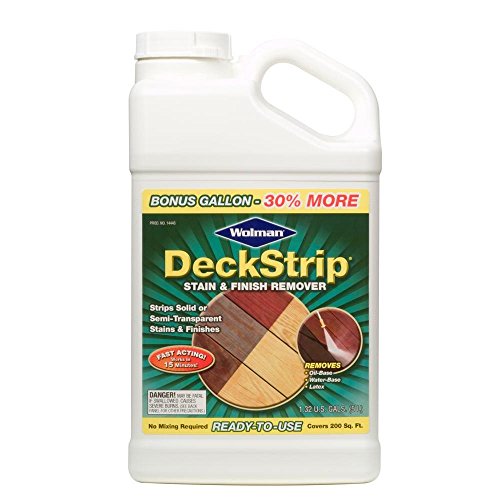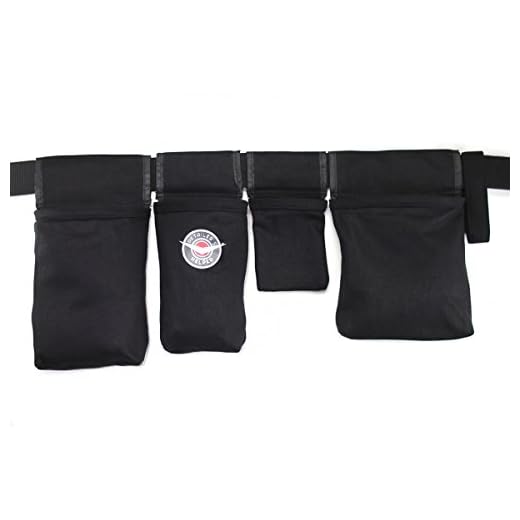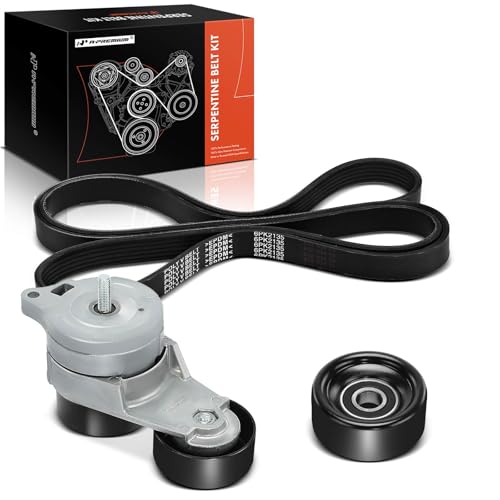




Having a clean and well-maintained tool belt is essential for any tradesperson or DIY enthusiast. Not only will it help to prolong the life of your tools, but it also ensures that you have easy access to everything you need when working on a project. However, over time, tool belts can become dirty and accumulate dust, debris, and even stains.
To keep your tool belt in top condition, regular cleaning is necessary. Cleaning your tool belt not only removes dirt and grime but also helps to prevent the buildup of bacteria and odors. In this article, we will guide you on how to effectively clean your tool belt, ensuring that it remains durable and functional for years to come.
1. Empty and inspect: Before you start cleaning your tool belt, empty all the pockets and remove any tools or debris. Inspect the belt for any damage, such as loose stitching or tears.
2. Hand wash: Fill a basin or sink with warm water and add a small amount of mild detergent. Gently hand wash the tool belt, paying extra attention to any stained or soiled areas. Use a soft brush or sponge to scrub away dirt and grime.
3. Rinse and dry: Once you have thoroughly cleaned the tool belt, rinse it with clean water to remove any soap residue. Squeeze out excess water and hang the belt to dry in a well-ventilated area. Avoid direct sunlight, as it can cause the material to fade or become brittle.
4. Treat stains: If your tool belt has stubborn stains, you can try spot treating them with a stain remover or a mixture of baking soda and water. Apply the solution to the stain, gently scrub with a brush, and then rinse thoroughly.
5. Maintain regularly: To keep your tool belt in good condition, it is important to regularly remove any dirt, debris, or loose nails after each use. Additionally, inspect the belt for any signs of wear and tear, and repair or replace any damaged parts promptly.
By following these simple steps, you can ensure that your tool belt remains clean, functional, and ready to assist you in completing your projects effectively and efficiently.
Preparation for Cleaning
Before you begin cleaning your tool belt, it’s important to gather all the necessary supplies and prepare your workspace. Here are some steps to follow:
- Gather supplies: Collect all the cleaning materials you will need, such as mild soap or detergent, a soft brush or sponge, a bucket of warm water, and a clean towel.
- Empty pockets: Remove all tools, nails, screws, or any other objects from the pockets of your tool belt. This will make cleaning easier and prevent any damage to the tools or the belt.
- Inspect for damage: Take a close look at your tool belt and check for any signs of damage, such as tears, frayed edges, or loose stitching. If you find any major damage, consider repairing or replacing the belt before cleaning.
- Pre-treat stains: If there are any stubborn stains on your tool belt, it may be helpful to pre-treat them before cleaning. Apply a small amount of stain remover or detergent directly to the stain and let it sit for a few minutes.
- Choose a cleaning method: Depending on the material of your tool belt, you may need to use a specific cleaning method. Refer to the manufacturer’s instructions or do some research to determine the best way to clean your particular tool belt.
- Set up your workspace: Find a clean and well-ventilated area where you can work on cleaning your tool belt. Lay down a plastic sheet or some old newspapers to protect the surface from any potential mess.
By following these preparation steps, you will be ready to effectively and safely clean your tool belt. Taking the time to prepare will ensure that your tool belt is thoroughly cleaned and ready for your next project.
Removing Dirt and Debris
One of the first steps in cleaning a tool belt is to remove any dirt and debris that may have accumulated. This can be done by shaking the belt vigorously to dislodge loose particles. You can also use a soft brush or cloth to gently brush away any dirt or dust on the surface of the belt.
If the dirt or debris is stubborn and cannot be removed with shaking or brushing, you may need to use a mild soap and water solution. Fill a bucket or sink with warm water and add a small amount of soap. Dip a cloth or sponge into the soapy water and gently scrub the affected areas of the belt. Be careful not to soak the belt or use excessive force, as this can damage the material.
After scrubbing, rinse the belt thoroughly with clean water to remove any soap residue. You can either rinse it under running water or use a clean damp cloth to wipe away the soap. Make sure to remove all traces of soap, as it can leave a film on the belt and attract more dirt in the future.
Once the belt is clean and free of dirt and debris, allow it to air dry completely before storing or using it again. Avoid exposing the belt to direct sunlight or extreme heat, as this can cause the material to fade or crack.
Regularly removing dirt and debris from your tool belt will not only help keep it looking clean and professional, but it will also prolong its lifespan and ensure optimal performance. By following these simple steps, you can maintain a clean and functional tool belt for all your projects.
Washing and Drying
When it comes to washing your tool belt, it’s important to follow the manufacturer’s instructions, if available. Generally, you can start by spot-cleaning any noticeable stains or spills with a damp cloth and a mild detergent. Use gentle circular motions to remove the dirt without damaging the fabric or material of the tool belt.
If your tool belt is machine washable, you can proceed to put it in the washing machine. Make sure to remove any tools or accessories before doing so. To protect the tool belt and prevent it from getting tangled or damaged, consider placing it inside a mesh laundry bag or pillowcase while washing.
Choose a gentle cycle with cold water and use a mild detergent that is suitable for delicate fabrics. Avoid using bleach or harsh chemicals as they can weaken the fabric. It’s best to air dry your tool belt to prevent any shrinking or damage from high heat.
Hang your tool belt in a well-ventilated area, away from direct sunlight or heat sources. Use clothespins or hangers to keep it in shape and allow it to dry completely. Depending on the fabric, this may take a few hours or overnight.
Once your tool belt is completely dry, inspect it for any remaining dirt or stains. Use a soft brush or cloth to gently scrub away any stubborn spots. For leather tool belts, you may want to apply a conditioner or protective oil to keep the leather soft and prevent cracking.
Remember to regularly clean your tool belt to maintain its durability and functionality. By following these simple washing and drying steps, your tool belt will stay clean and ready for your next project.
Maintaining and Storing
Properly maintaining and storing your tool belt is essential to ensure its longevity and usefulness. Here are some tips to help you keep your tool belt in optimal condition:
Cleaning
Regularly clean your tool belt to remove dirt, debris, and sweat that can accumulate over time. Use a damp cloth or sponge and mild soap to wipe down the surface of the tool belt. Avoid using harsh chemicals or abrasive cleaners as they can damage the material.
If your tool belt is made of leather, you can apply a leather conditioner after cleaning to keep it supple and prevent cracking. Be sure to follow the manufacturer’s instructions for applying the conditioner.
Drying
After cleaning, allow your tool belt to air dry completely before storing it. Avoid using heat sources such as direct sunlight, radiator, or a hairdryer, as excessive heat can cause the material to warp or shrink.
If your tool belt becomes wet due to rain or accidental spills, blot the excess moisture with a towel and then allow it to air dry naturally.
Storage
Find a cool, dry place to store your tool belt when not in use. Avoid storing it in a damp or humid environment, as this can promote the growth of mold and mildew. Ideally, store it in a clean toolbox or on a shelf where it won’t be exposed to dust or other contaminants.
If possible, hang your tool belt on a hook or peg, rather than folding it or leaving it on the floor. This helps to maintain its shape and prevents unnecessary wear and tear.
Additionally, make sure to empty out any tools or items from your tool belt before storing it. This prevents the tools from causing unnecessary strain on the material and ensures that there are no sharp objects that can cause damage.
By following these simple steps, you can keep your tool belt clean, dry, and well-maintained. This will not only extend its lifespan but also ensure that it remains a reliable and effective tool for your construction or DIY projects.
FAQ
Why is it important to clean a tool belt?
Cleaning a tool belt is important because it helps prolong its lifespan and ensures that it remains in good condition. Removing dirt, dust, and debris from the belt prevents them from accumulating and causing damage to the fabric or tools.
How often should I clean my tool belt?
The frequency of cleaning your tool belt depends on how often you use it and the type of work you do. As a general rule, it’s recommended to clean your tool belt at least once a month or more frequently if it becomes visibly dirty or stained.
What’s the best way to clean a tool belt?
The best way to clean a tool belt is to start by emptying all the tools and hardware from it. Then, using a mild detergent and a scrub brush, gently scrub the belt to remove any dirt or stains. Rinse the belt thoroughly with clean water and let it air dry before reorganizing and refilling it with your tools.
Can I machine wash my tool belt?
It is generally not recommended to machine wash your tool belt as it can put excess strain on the fabric, stitching, and any hardware attached to it. Machine washing can cause damage and shorten the lifespan of your belt. It’s best to hand wash it using a mild detergent and let it air dry for optimum results.







